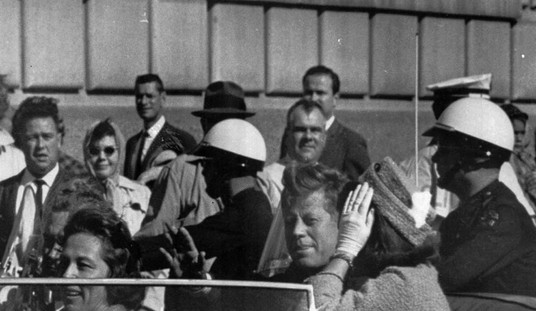Nassim Nicholas Taleb’s book The Black Swan introduced an old term and then, annoyingly, redefined it. For Sir Karl Popper, the black swan was an observation about logical quantification: if you assert “all swans are white” then the observation of a single black swan falsifies the assertion.
Taleb’s observation is different, although related: he’s observing that really unexpected events are unexpected: we have a model of the world that says “The US mainland is secure from attack” that seems perfectly plausible on 10 September 2001; we believe “Islamist terrorism is on the run” and then a bomb blows up in Boston.
(There’s a more sophisticated way to deal with all of these called Bayesian inference. We’ll leave the details for a science column, but in a few words, a Bayesian starts with an assumed a priori estimate of the probability of an event. After observation, they have a new a postieriori estimate that incorporates new experience.)
But there’s yet a third way to think about these that shows us how mathematics and probability can show us surprising things.
(Yes, this is a diet and exercise column, just a little further down.)
This was something I observed when I worked on Wall Street, I was consulting through IBM for a firm founded by a man who had made big money as a stock trader. I got interested in trading, read a lot about it and talked to a lot of traders, buying armloads of stock books from the Barnes and Noble in the basement of the World Trade Center on my way to the subway. But being of a mathematical bent, I started thinking about how to evaluate the stories about different traders’ practices. It’s not easy, and here’s why: if you start with a very large population of traders, and they are, first, no better than anyone else because it’s inherently random, and second, that the ones who aren’t successful go broke and drop out, then the fact that someone has been a trader for 30 years and made a mint doesn’t actually tell you anything about their strategies. It just tells you there were some people who avoided catastrophe, possibly through nothing more than random chance.
If that’s not obvious, here’s a little thought experiment: you start with a million people, each with a million dollars to start. Every day you flip a coin for each person; the ones who win get half of the money of a loser, and the ones who lose have to double the winner’s money. If your balance goes to zero, you’re executed.
At the end of a long time, there will be a lot fewer people playing the game, and the ones who have survived will have made lots of money.
Now, you look at a population of successful traders. How can you tell if they were actually smarter than the market, or if they just happen to be the random survivors? Are the wealthy traders just individuals who happened to have had something improbable happen?
So now, at least, we get to diet and exercise. Most all of you, my devoted readers, have been on many diets and have read about many more. Pretty well any diet, from the most conventional “eat less, exercise more” approach out to the really exceptional ones like Seth Roberts’ Shangri-La Diet, have testimonials from people who lost 10,50,100 pounds and kept it off. On the other hand, the medical literature tells us that the “cure rate” or “long term remission rate” for severe obesity is only in the neighborhood of 5 to 10 percent.
So here’s a question for you: how can we evaluate any diet without falling for the stock traders’ black swan?












Join the conversation as a VIP Member